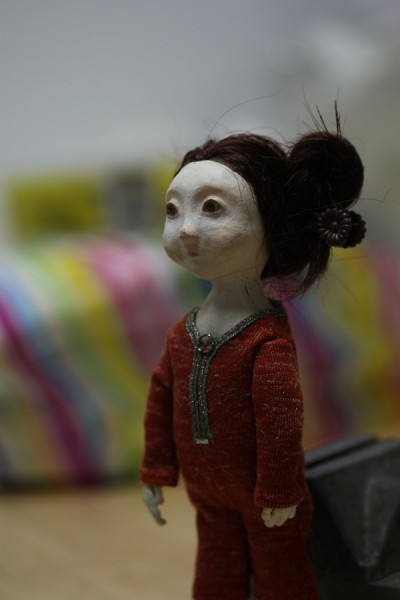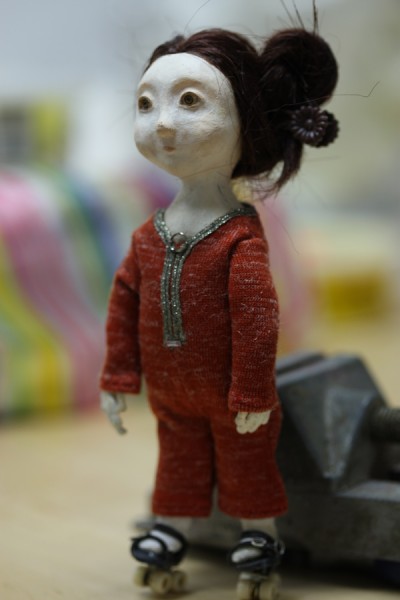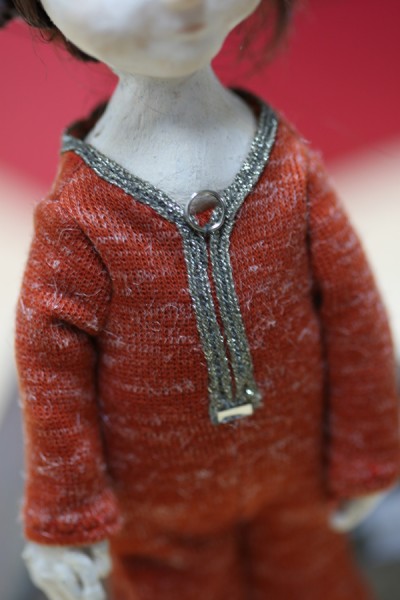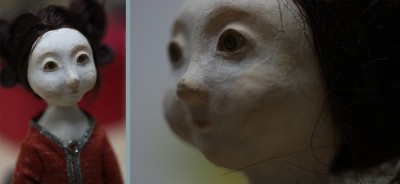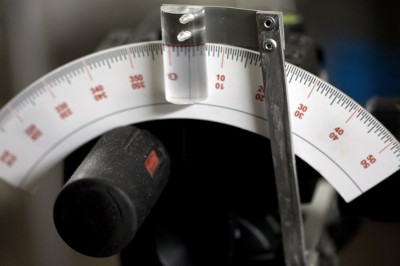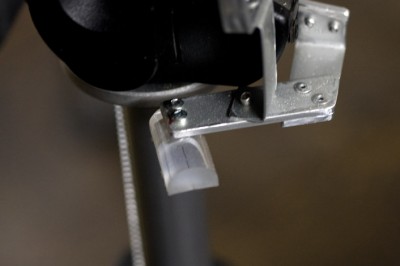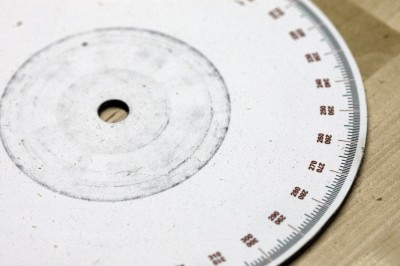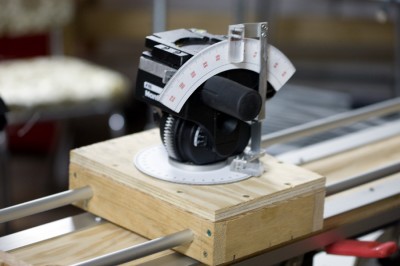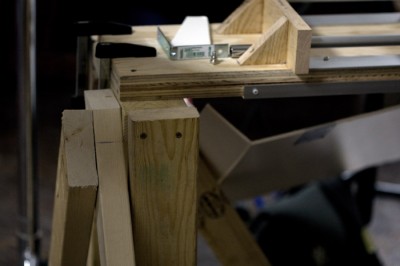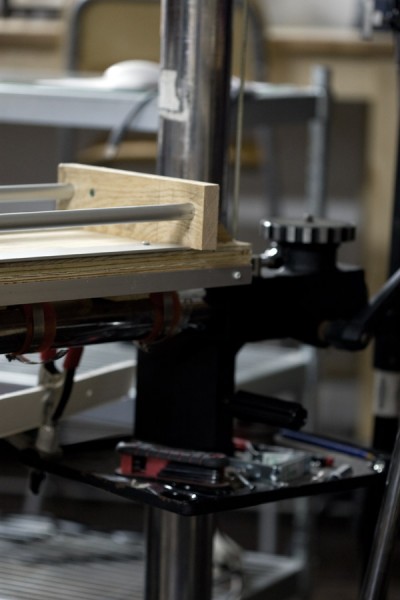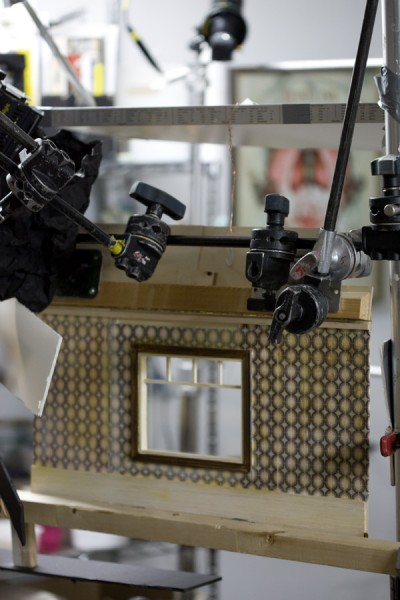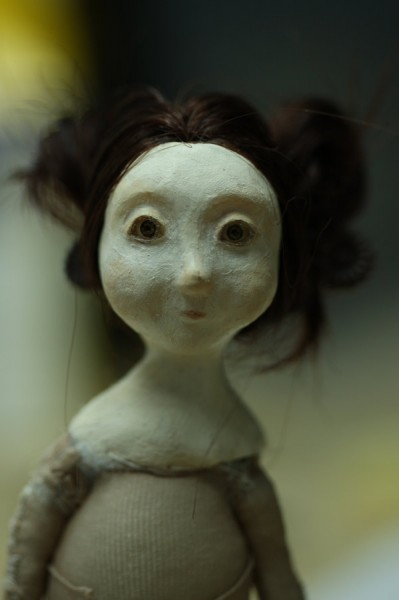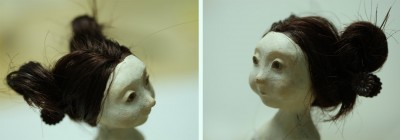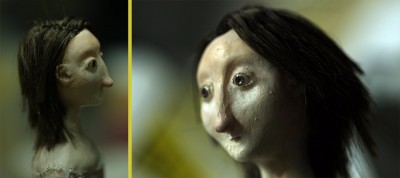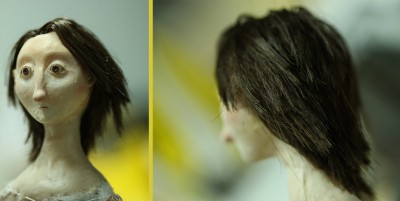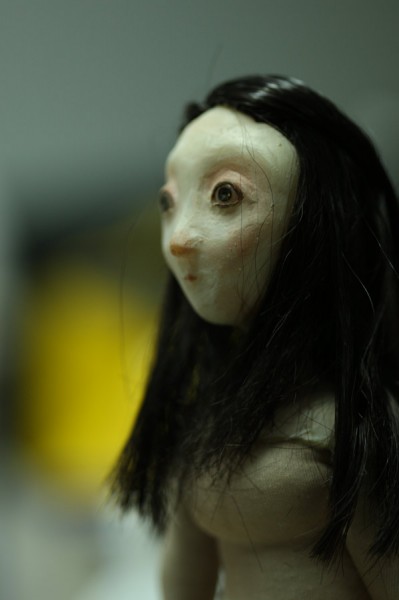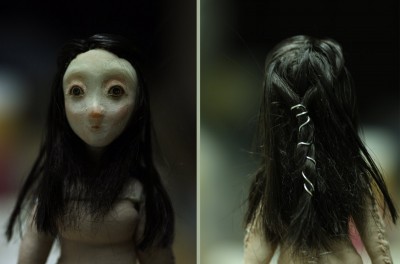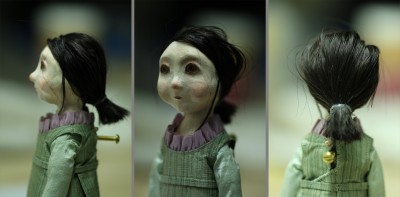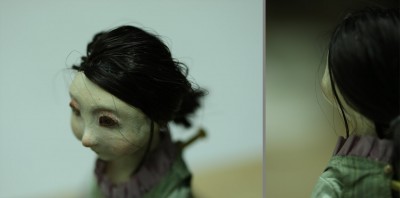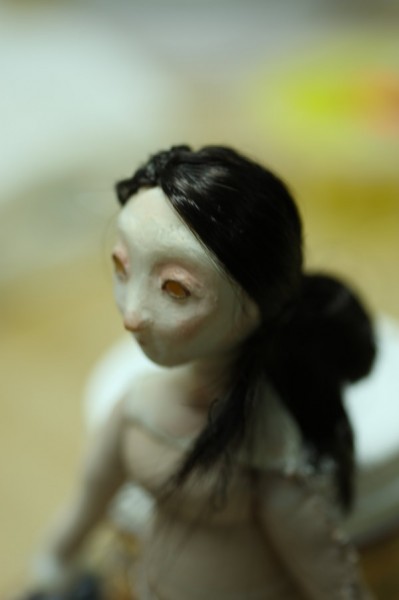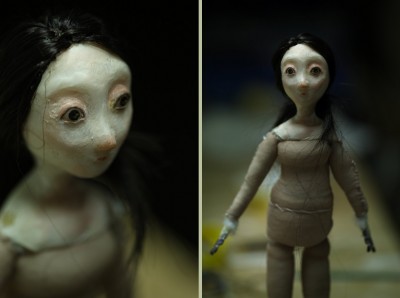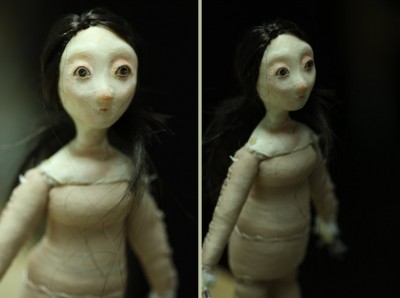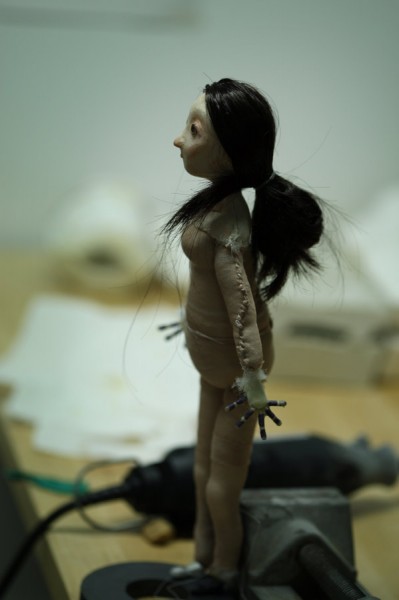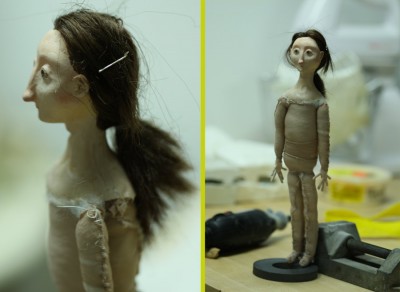I have already introduced Abigail in a previous post, but thought I would show her again, in her new outfit. Abigail is the main character, Sabela’s, little sister.
My talented friend Alli Easson made this costume for her. We had a blast discussing it. She is supposed to be wearing her favourite outfit — a stretchy jumpsuit which she’s outgrown — and rollerskates. She’ll be sitting at the dining table, swinging her feet gleefully (though she’s not allowed to wear rollerskates at the table, who could say no to this little face?) After many attempts, using different fabrics, Alli ended up using this orange jersey fabric, edged with a silver ribbon.
I am just so in love with this little character:
As I took the pictures, I had the strangest feeling that I was looking into her soul…


